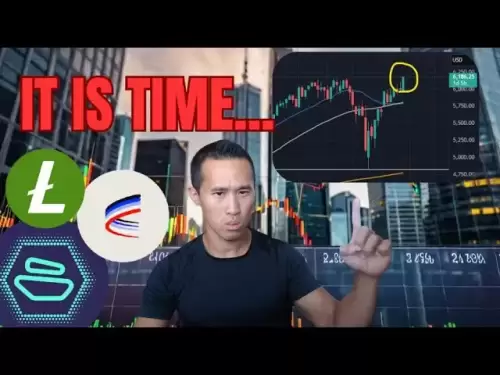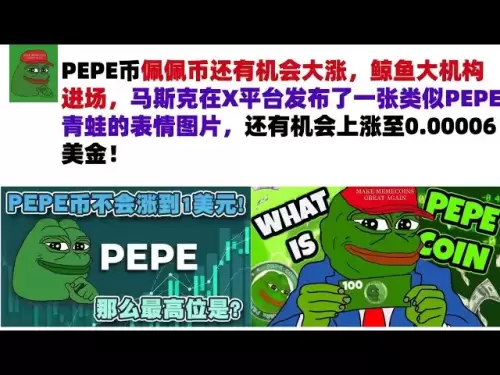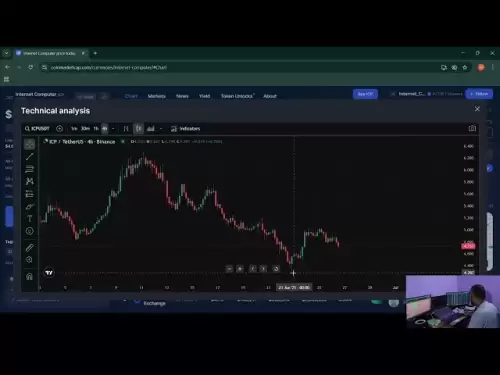-
 Bitcoin
Bitcoin $107,247.2038
-0.18% -
 Ethereum
Ethereum $2,424.7947
0.34% -
 Tether USDt
Tether USDt $1.0003
-0.02% -
 XRP
XRP $2.1171
-3.33% -
 BNB
BNB $645.6618
0.06% -
 Solana
Solana $141.5898
-1.32% -
 USDC
USDC $0.9998
0.00% -
 TRON
TRON $0.2710
-0.41% -
 Dogecoin
Dogecoin $0.1602
-2.99% -
 Cardano
Cardano $0.5553
-2.28% -
 Hyperliquid
Hyperliquid $36.3019
-2.42% -
 Bitcoin Cash
Bitcoin Cash $491.7212
2.04% -
 Chainlink
Chainlink $13.0810
-0.23% -
 Sui
Sui $2.6080
-5.06% -
 UNUS SED LEO
UNUS SED LEO $9.0040
-0.05% -
 Stellar
Stellar $0.2350
-3.06% -
 Avalanche
Avalanche $17.2294
-2.31% -
 Toncoin
Toncoin $2.8075
-1.05% -
 Shiba Inu
Shiba Inu $0.0...01121
-3.43% -
 Litecoin
Litecoin $84.2215
-0.32% -
 Hedera
Hedera $0.1429
-4.88% -
 Monero
Monero $312.2199
-0.90% -
 Dai
Dai $0.9997
-0.01% -
 Ethena USDe
Ethena USDe $0.9999
-0.02% -
 Polkadot
Polkadot $3.2973
-2.60% -
 Bitget Token
Bitget Token $4.4742
3.12% -
 Pi
Pi $0.5631
-10.10% -
 Uniswap
Uniswap $6.7817
-2.06% -
 Pepe
Pepe $0.0...09252
-3.74% -
 Aave
Aave $251.3830
-2.24%
What virtual currencies has Grayscale invested in?
Grayscale Investments offers exposure to virtual currencies through its trusts, including Bitcoin, Ethereum, and Litecoin, based on criteria such as market capitalization and liquidity.
Jan 11, 2025 at 02:54 am
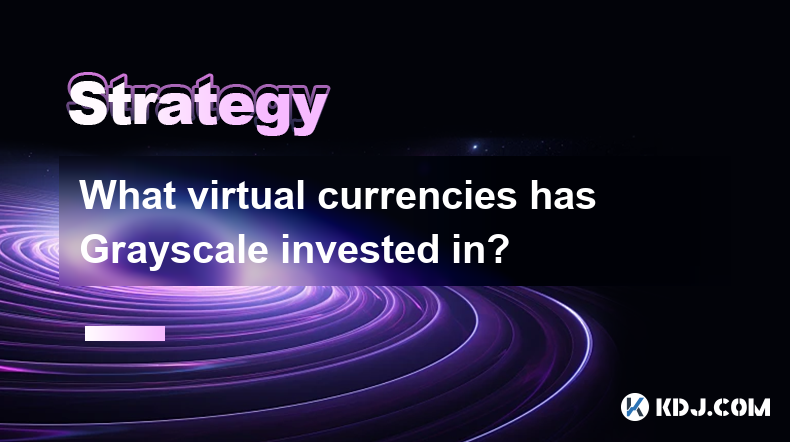
Key Points:
- Grayscale Investments is a leading digital currency asset manager that offers exposure to various virtual currencies through its investment products.
- Grayscale's flagship product is the Grayscale Bitcoin Trust (GBTC), which holds Bitcoin as its underlying asset.
- Grayscale also offers trusts for other virtual currencies, including Ethereum, Litecoin, and Bitcoin Cash.
- Grayscale's investment criteria include factors such as market capitalization, liquidity, and technical security.
- Investors can access Grayscale products through over-the-counter (OTC) markets or select brokerage accounts.
Virtual Currencies Invested by Grayscale:
1. Bitcoin (BTC)
- The largest and most well-known virtual currency by market capitalization.
- A decentralized digital currency that uses blockchain technology.
- Accepted as a payment method by businesses worldwide.
2. Ethereum (ETH)
- The second-largest virtual currency by market capitalization.
- A decentralized platform that supports smart contracts and decentralized applications (dApps).
- Used for a variety of purposes, including payments, gaming, and finance.
3. Litecoin (LTC)
- A peer-to-peer digital currency that aims to be faster and more scalable than Bitcoin.
- Uses the proof-of-work consensus mechanism and has a max supply of 84 million LTC.
- Often used for faster and cheaper transactions.
4. Bitcoin Cash (BCH)
- A hard fork of the Bitcoin blockchain that aims to increase block size and transaction throughput.
- Has a max supply of 21 million BCH.
- Used by a niche community that values its faster transaction times and lower fees.
5. Ethereum Classic (ETC)
- A hard fork of the Ethereum blockchain that preserved the original proof-of-work consensus mechanism.
- Used by a dedicated community that values its adherence to the original Ethereum vision.
Investment Criteria:
- Market Capitalization: Grayscale prefers to invest in virtual currencies with significant market capitalization, indicating their size and stability.
- Liquidity: The virtual currency must have sufficient liquidity to allow Grayscale to buy and sell the assets in the trust.
- Technical Security: The virtual currency must have a strong track record of security and reliability.
- Regulatory Environment: Grayscale considers the regulatory environment surrounding the virtual currency and its potential impact on the trust.
Access to Grayscale Products:
- OTC Markets: Grayscale products are available for purchase and sale over-the-counter (OTC), which are decentralized marketplaces where buyers and sellers directly negotiate prices.
- Brokerage Accounts: Some select brokerage accounts offer access to Grayscale products, allowing investors to purchase and sell them through a traditional trading platform.
FAQs:
1. Why does Grayscale not invest in FTX?
FTX was a cryptocurrency exchange that filed for bankruptcy in November 2022. Grayscale's investment criteria focus on the underlying virtual currency, not the exchange or custodian who holds the assets.
2. How do I invest in Grayscale products?
Investors can purchase Grayscale products through OTC markets or select brokerage accounts.
3. What are the fees associated with investing in Grayscale products?
Grayscale products charge an annual management fee, which typically ranges from 2% to 3% of the assets under management.
4. What are the risks of investing in Grayscale products?
Grayscale products are subject to the volatility of the underlying virtual currency markets. Investors should carefully consider their risk tolerance before investing.
Disclaimer:info@kdj.com
The information provided is not trading advice. kdj.com does not assume any responsibility for any investments made based on the information provided in this article. Cryptocurrencies are highly volatile and it is highly recommended that you invest with caution after thorough research!
If you believe that the content used on this website infringes your copyright, please contact us immediately (info@kdj.com) and we will delete it promptly.
- Dogecoin to $1? Analysts Weigh In on DOGE's Breakout Potential
- 2025-06-27 10:30:12
- Memecoins, Growth, and Analysts: Decoding the Latest Trends
- 2025-06-27 10:30:12
- Arbitrum (ARB) Price Forecast 2025: Bullish Breakout or Sideways Shuffle?
- 2025-06-27 11:10:15
- Dogecoin, Meme Coins, and the Rise of Neo Pepe: What's Hot in Crypto?
- 2025-06-27 10:50:12
- Arctic Pablo Coin: The Meme Coin Primed for a 2025 Takeover?
- 2025-06-27 11:10:15
- Trump-Backed Stablecoin USD1: Audit Incoming, Aqua 1 Invests $100M in WLFI
- 2025-06-27 11:15:12
Related knowledge
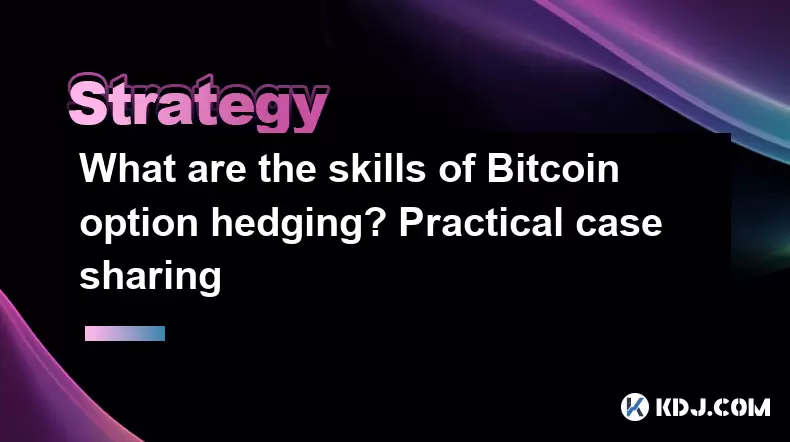
What are the skills of Bitcoin option hedging? Practical case sharing
Jun 24,2025 at 04:01pm
Understanding Bitcoin Option HedgingBitcoin option hedging is a risk management strategy used by traders and investors to protect their positions in the volatile cryptocurrency market. By using options, individuals can limit potential losses while retaining the opportunity for profit. In essence, it allows one to insulate against adverse price movements...
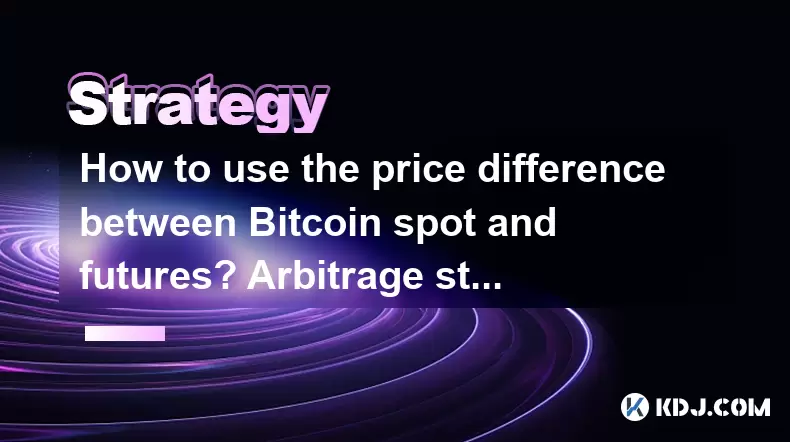
How to use the price difference between Bitcoin spot and futures? Arbitrage strategy
Jun 20,2025 at 02:56pm
Understanding Bitcoin Spot and Futures MarketsTo effectively leverage arbitrage opportunities between Bitcoin spot and futures markets, it's essential to understand the fundamental differences between these two types of markets. The spot market refers to the direct buying and selling of Bitcoin for immediate delivery at the current market price. In cont...
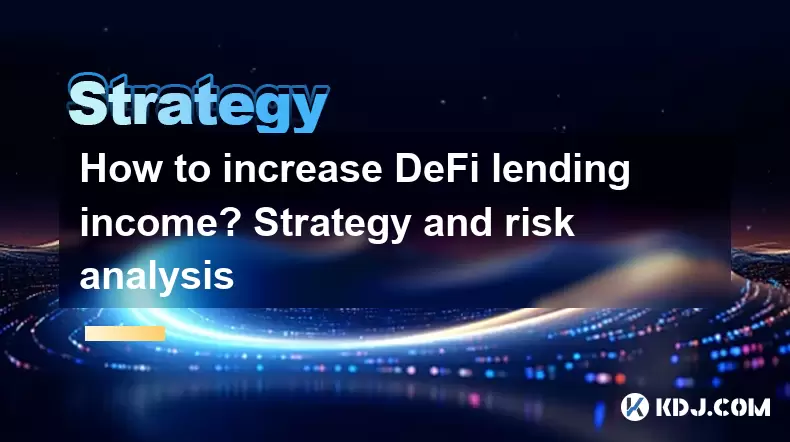
How to increase DeFi lending income? Strategy and risk analysis
Jun 24,2025 at 02:08pm
Understanding DeFi Lending and Its Income PotentialDeFi (Decentralized Finance) lending has emerged as a popular way to earn passive income in the cryptocurrency space. Unlike traditional banking systems, DeFi lending platforms allow users to lend their crypto assets directly to borrowers without intermediaries. The lenders earn interest based on the su...
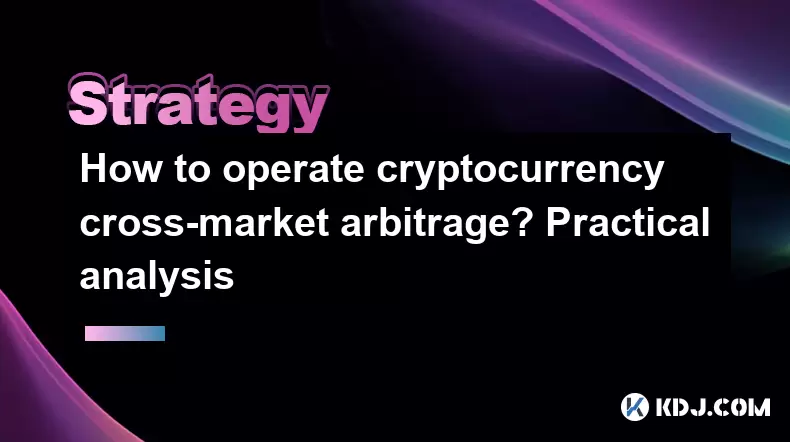
How to operate cryptocurrency cross-market arbitrage? Practical analysis
Jun 23,2025 at 04:01am
Understanding Cryptocurrency Cross-Market ArbitrageCryptocurrency cross-market arbitrage involves taking advantage of price differences for the same digital asset across different exchanges. The core idea is to buy low on one exchange and sell high on another, capturing the profit from the discrepancy. This strategy relies heavily on real-time market da...

How to make profits from high-frequency cryptocurrency trading? Sharing core skills
Jun 19,2025 at 05:07pm
Understanding High-Frequency Cryptocurrency TradingHigh-frequency trading (HFT) in the cryptocurrency market involves executing a large number of trades at extremely fast speeds, often within milliseconds. This method relies on small price discrepancies across exchanges or within a single exchange’s order book. Traders use complex algorithms and ultra-l...
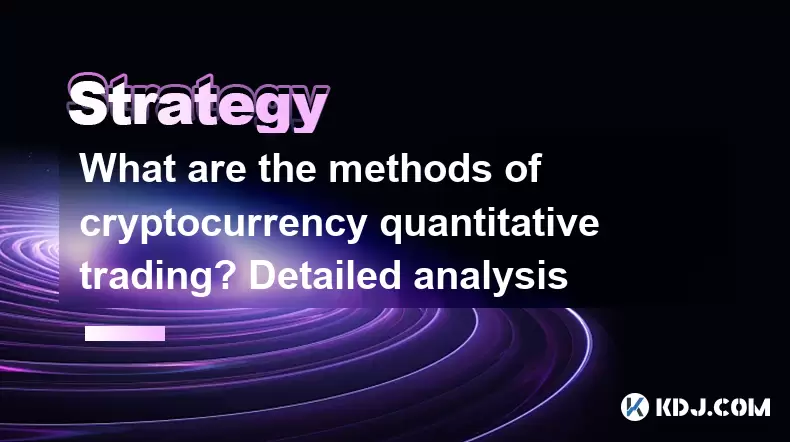
What are the methods of cryptocurrency quantitative trading? Detailed analysis
Jun 22,2025 at 11:07pm
Understanding the Core of Cryptocurrency Quantitative TradingCryptocurrency quantitative trading refers to the use of mathematical models and algorithms to execute trades in the digital asset market. Unlike traditional discretionary trading, which relies heavily on human judgment, quantitative trading leverages data-driven strategies to identify profita...

What are the skills of Bitcoin option hedging? Practical case sharing
Jun 24,2025 at 04:01pm
Understanding Bitcoin Option HedgingBitcoin option hedging is a risk management strategy used by traders and investors to protect their positions in the volatile cryptocurrency market. By using options, individuals can limit potential losses while retaining the opportunity for profit. In essence, it allows one to insulate against adverse price movements...

How to use the price difference between Bitcoin spot and futures? Arbitrage strategy
Jun 20,2025 at 02:56pm
Understanding Bitcoin Spot and Futures MarketsTo effectively leverage arbitrage opportunities between Bitcoin spot and futures markets, it's essential to understand the fundamental differences between these two types of markets. The spot market refers to the direct buying and selling of Bitcoin for immediate delivery at the current market price. In cont...

How to increase DeFi lending income? Strategy and risk analysis
Jun 24,2025 at 02:08pm
Understanding DeFi Lending and Its Income PotentialDeFi (Decentralized Finance) lending has emerged as a popular way to earn passive income in the cryptocurrency space. Unlike traditional banking systems, DeFi lending platforms allow users to lend their crypto assets directly to borrowers without intermediaries. The lenders earn interest based on the su...

How to operate cryptocurrency cross-market arbitrage? Practical analysis
Jun 23,2025 at 04:01am
Understanding Cryptocurrency Cross-Market ArbitrageCryptocurrency cross-market arbitrage involves taking advantage of price differences for the same digital asset across different exchanges. The core idea is to buy low on one exchange and sell high on another, capturing the profit from the discrepancy. This strategy relies heavily on real-time market da...

How to make profits from high-frequency cryptocurrency trading? Sharing core skills
Jun 19,2025 at 05:07pm
Understanding High-Frequency Cryptocurrency TradingHigh-frequency trading (HFT) in the cryptocurrency market involves executing a large number of trades at extremely fast speeds, often within milliseconds. This method relies on small price discrepancies across exchanges or within a single exchange’s order book. Traders use complex algorithms and ultra-l...

What are the methods of cryptocurrency quantitative trading? Detailed analysis
Jun 22,2025 at 11:07pm
Understanding the Core of Cryptocurrency Quantitative TradingCryptocurrency quantitative trading refers to the use of mathematical models and algorithms to execute trades in the digital asset market. Unlike traditional discretionary trading, which relies heavily on human judgment, quantitative trading leverages data-driven strategies to identify profita...
See all articles






















